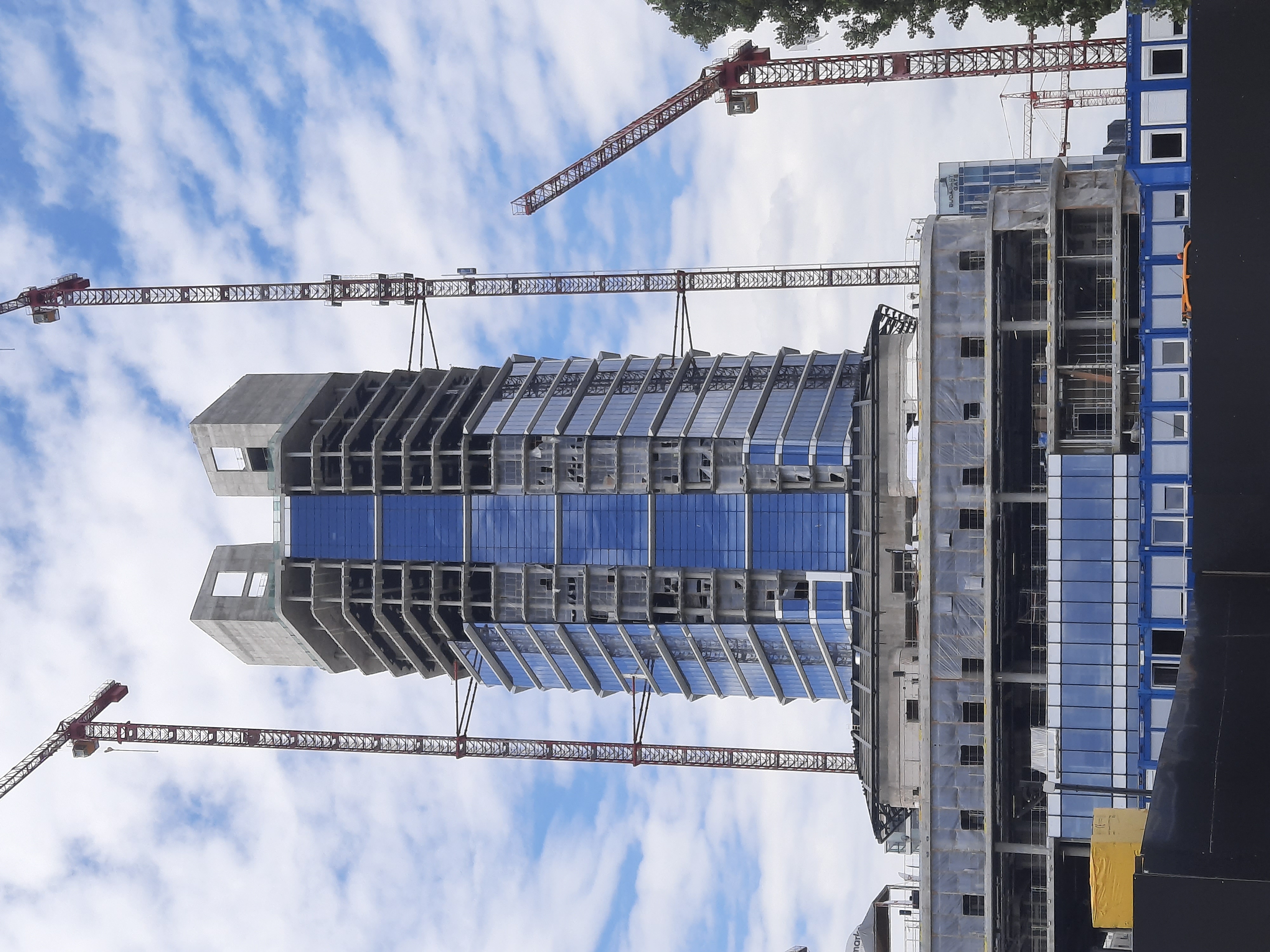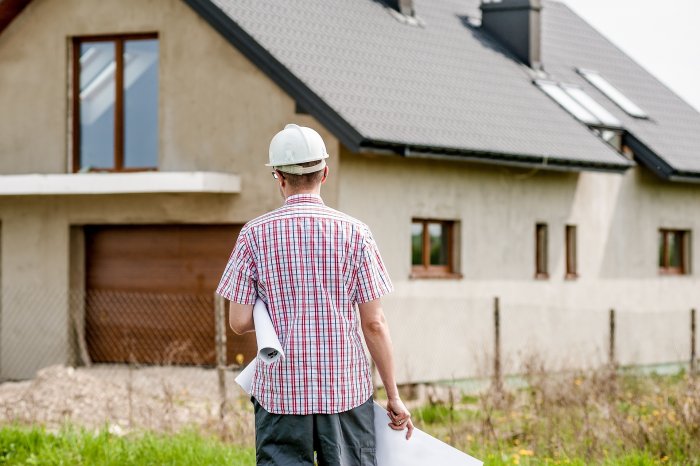Architecture, Urban Planning Must Adapt to Sustainability Expectations

MOL Campus topping out.
Budapest’s sustainable development encapsulates environmental issues relating to the capital as a business hub, a cultural and historical center, and a livable city that benefits inhabitants and visitors.
These, at times conflicting, demands take in development and redevelopment issues, the architectural look and feel of the city, public and private transport access, and development of the infrastructure in a business area.
These criteria encompass some of the most significant concerns of third-party sustainability accreditation organizations and determine which level of certification is awarded.
From an architectural perspective, developers are considering the wider use of international architects alongside their Hungarian counterparts in recognition of developing market and sustainability needs.
“Our professional obligation is to drive the real estate development processes and construction activities towards a more sustainable way. Urbanization will continue, which requires strong zoning regulations that enable diversity and social inclusion as well as biodiversity, which are the key aspect for the resilient urban development,” comments Ida Kiss, design director at DVM group.
The market and sustainability expectations for office developments are that they should be in an urban or suburban area with immediate access to amenities and public transfer links.
It is therefore essential to evaluate a project on the community level and not just as a stand-alone commercial project. Sustainable buildings need to respond to the needs of the immediate building users and interconnect with their environment.
At the same time, city authorities are looking to attract development that improves the economic environment, provides employment opportunities, and upgrades an area through development or redevelopment.
Improved Design
Developers are reacting to these demands by improving the architectural design of projects located within urban areas and with proximity to residential areas and direct public transport, road, and cycle links.
“In our view, a sustainable environment can be created in a large city as well as in rural areas, and it is the developers’ responsibility to provide spaces and building solutions that keep their users healthy and the surrounding nature damage-free,” says Máté Galambos, leasing director at Atenor Hungary.
“It is our commitment to do so by rationalizing the way we build our projects for the cities, for people, and a greener future,” he adds.
The spread of business districts across Budapest has become increasingly diversified. New office areas have emerged as developers look to source suitably sized, well-located plots with the requisite transportation links to provide good visibility. Competition for such sites is becoming more intense and consequently more expensive.
Large-scale developments in the historical center of Budapest are far from common. The mixed-use Szervita Square Building is a rare new-built office, residential, and retail scheme by Horizon Development in District V. Here, developments are expected to preserve the historic fin de siècle feel of the center. The LEED “Platinum” certified project has consequently been designed to fit into its setting of Hungarian Art Nouveau buildings in what is a protected heritage area.
One primary concern has been preserving the city’s classic Central European look even as it develops as a business center. Hungarian oil and gas giant MOL is developing its 120 meter-high, 28-floor MOL Campus in south Buda overlooking the Danube.
The complex, visible from many parts of the city, is now the tallest building in Budapest, reaching 165 meters at its highest point. The 86,000 sqm Neo-modern structure has been designed by London-based Foster + Partners and Hungary’s Finta Studio.
The complex essentially consists of a tower and a “podium” and will house around 2,500 staff. The project has achieved BREEAM “Excellent” and LEED “Platinum,” the highest possible sustainability accreditations. The designers have emphasized open space and natural light in the complex, located in 20 hectares of green space.
Controversy
Due to the planning regulations for the center of Budapest that aim to protect the skyline and the look and feel of the city, developers have been unable to construct high-rise buildings as has been the case in, for example, Warsaw, Bratislava, and Belgrade.
Given its height, the project has not been without controversy. “The MOL Group needed and deserved such a high-quality landmark HQ building. Therefore, I understand and see the importance of such a project,” says Zsombor Barta, president of the Hungarian Green Business Council (HuGBC).
“I am not against high-rise buildings, and I can see why the MOL Group and the architects have chosen such a shape for their new landmark project. However, its location and integration into the existing city structure are more questionable for me. Budapest does not traditionally have high-rise buildings or districts; it differs from, for example, Warsaw a lot,” he says.
Barta questions the tower’s location, saying it “does not necessarily integrate into the existing urban structures and shapes,” and warns it will disturb many people. “The high rise concept is for sure something new in Budapest’s architectural environment.”
Although the MOL project has set a theoretical precedent, he does not think we will see many more high-rise projects popping up. “As I understand it, the regulatory body stated that the MOL project was a one-off; no further should follow,” Barta adds.
Whether high-rise or low, Csaba Zeley, managing director of developer ConvergenCE, believes one old piece of wisdom will remain firmly in focus.
“Location has always played a central part in property, but it will become even more important. Easily accessible office buildings with good public transportation will keep or increase their value regardless of the market cycle,” he concludes.
This article was first published in the Budapest Business Journal print issue of September 24, 2021.
SUPPORT THE BUDAPEST BUSINESS JOURNAL
Producing journalism that is worthy of the name is a costly business. For 27 years, the publishers, editors and reporters of the Budapest Business Journal have striven to bring you business news that works, information that you can trust, that is factual, accurate and presented without fear or favor.
Newspaper organizations across the globe have struggled to find a business model that allows them to continue to excel, without compromising their ability to perform. Most recently, some have experimented with the idea of involving their most important stakeholders, their readers.
We would like to offer that same opportunity to our readers. We would like to invite you to help us deliver the quality business journalism you require. Hit our Support the BBJ button and you can choose the how much and how often you send us your contributions.









